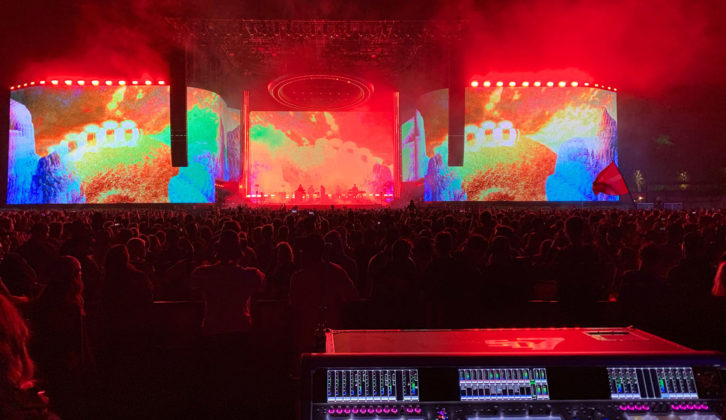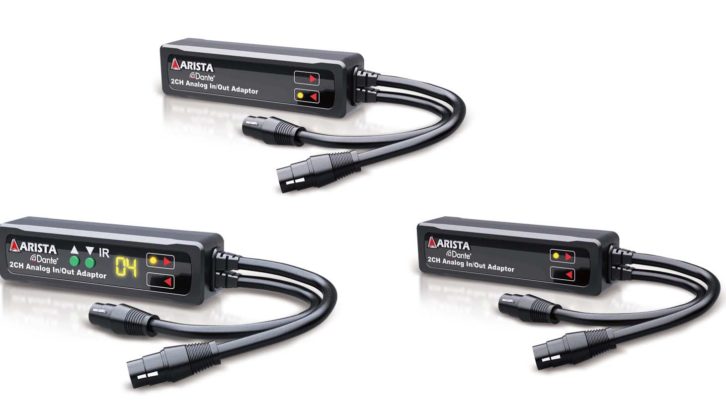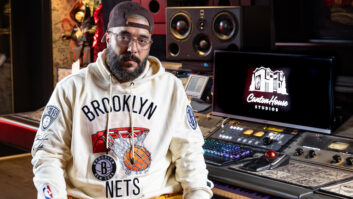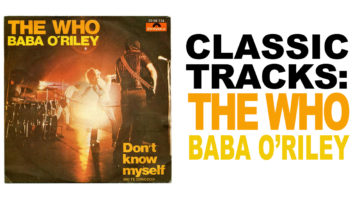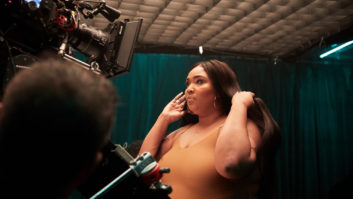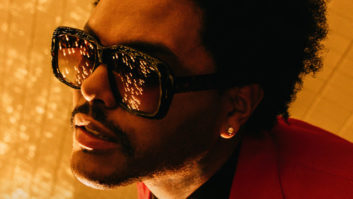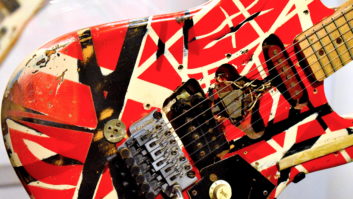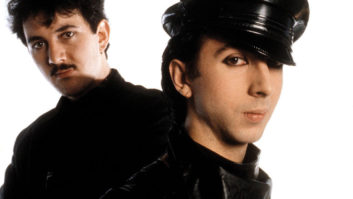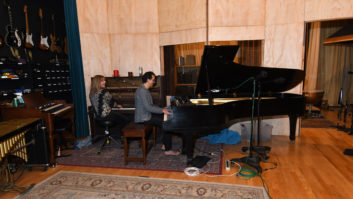Montreal, Canada (October 28, 2019)—The first season of Simon & Greg Record the World, an online video series presented by pureMix, poses the question, How do you build a recording studio in a remote part of Senegal when transport is limited and materials are hard to come by? The answer, as demonstrated by both Simon Walls, a Montreal-based music producer, songwriter and adventurer, and Greg Bonnier, a record producer, sound engineer and filmmaker also based in Montreal, is through a little ingenuity and a lot of elbow grease.
Five years ago, while visiting Senegal to explore and to record bands, Walls met some people planning to build a small recording studio. Three years later, he ran into Bonnier at a party and they resolved to help finish the facility.
Not wishing to pass up the opportunity to do some recording while they were in Africa, the pair reached out to Universal Audio and Lauten Audio for support. Bonnier, whose background is in television, also brought along a camera.
“We thought, the worst that can happen is we make cheesy YouTube videos that are okay-ish. But I started looking at the shots over there and saw we had something,” he says. The pair posted the first season beginning in late 2018, and will shortly release season 2, which follows their adventures in Morocco earlier this year. Season 3, a trip to the far north of Canada to record the Inuit people of Nunavut, near the Arctic Circle, is already lined up for the end of 2019.
Although Walls and Bonnier both had plenty of remote recording experience, they found themselves somewhat unprepared for West Africa, in retrospect. That’s not to say they didn’t take enough gear; rather, they took too much—and they had to lug it around themselves, by planes, boats, taxis and buses on barely-there roads.
“Trying to figure out strategies for not having regular materials, and thinking what a makeshift absorber or diffusor is, was challenging,” says Bonnier. “And bringing the gear was challenging.”
It probably wasn’t a great idea to carry a 500 Series rack, they admit. “On some of the recordings in Senegal, everything that went through the 500 Series is a little distorted or has issues because of the inconsistent power” in the remote villages, says Walls
They left the 500 Series rack at home for the trip to Morocco and slimmed down their microphone collection. For Senegal, Lauten Audio supplied 10 mics, including a pair each of Clarion FC-357, Atlantis FC-387 and LA-120 models, together with four LA-220s. They also took along a pair of Shure SM57s, a Sennheiser MD 421 and an AKG D12VR. For Morocco, Walls and Bonnier replaced the bigger large-diaphragm condensers with Lauten’s new LS-208.
“That was exactly the tool we needed,” says Bonnier, who reports that they donated some equipment to the recording studio. “Now they have some releases. It serves a purpose and has created a new revenue stream in this community.”
One lesson learned in Senegal was cable management, he continues. Heavy and bulky mic cables were replaced by lavalier mic cable with XLR connectors fitted for Morocco: “We had 360 feet of cable that weighed maybe 3 pounds.” And while the collapsible mic stands they took to Senegal were not too heavy, they brought film industry-standard Magic Arms, fitted with 5/8-inch threads, to Morocco, allowing them to hang mics off tables or chairs.
Both carried laptops, with Walls doing most of the recording into Cubase. “He runs the sessions while I film. In the few instances that I record, my computer has Logic,” says Bonnier. Typically, everything is saved to the laptops or camera, with backups secreted among their bags, and Bonnier carries a 2 TB SSD with all the media on his person.
UA provided an Apollo X8P interface. “There’s no reason why you can’t make a record on this thing. That’s all you need, and with all the plug-ins, it’s a godsend,” says Bonnier.
That said, eight channels were sometimes not enough, so they supplemented the X8P with an Arrow interface for their trip to Morocco. “So this time we had three headphone outputs, three DIs and 10 lines with preamps. That was perfect,” he says.
“Focal gave us two pairs of Clear Professional, the very high-end open-back headphones, which were amazing,” says Bonnier. “It’s the equivalent of having a studio on your head, so we could mix with those. And we had two pairs of the closed-back Listen Professional headphones.”
“I mix in my studio in Montreal,” Walls elaborates, “but I do a balance and get a good rough mix for the artist. This year, we got back in February, caught up on some work, and I started mixing in March or April. I do the production and edits, do the mix, then send it to Greg for mastering.”
Unlike Senegal, where they recorded musicians on an ad hoc basis, they selected and contacted the musicians they wanted to work with before leaving for Morocco. It was a whirlwind. “In some instances, we would arrive at night, record the whole of the next day, and the next morning we were off to the next place, so we needed everything we recorded live to be usable because we didn’t know if we were going to have time for overdubs,” says Bonnier, who recently finished mastering five albums from the trip for release.
The pair handle digital distribution for a 10 percent cut, with the rest going to the musicians. They also advise the musicians about how to collect royalties in their respective territories.
There’s a threefold reason for doing these projects, says Bonnier. “The first reason is to help artists who otherwise wouldn’t have the chance to make records. The second is an archival purpose; in some cases, we’re recording stuff that was never recorded or is from dying cultures. And the third is to show people that you don’t need a million-dollar studio to make a great record, to show the value of creating music and not dwelling on the gear.”
Simon & Greg Record the World • www.simonandgreg.com
Lauten Audio • www.lautenaudio.com
